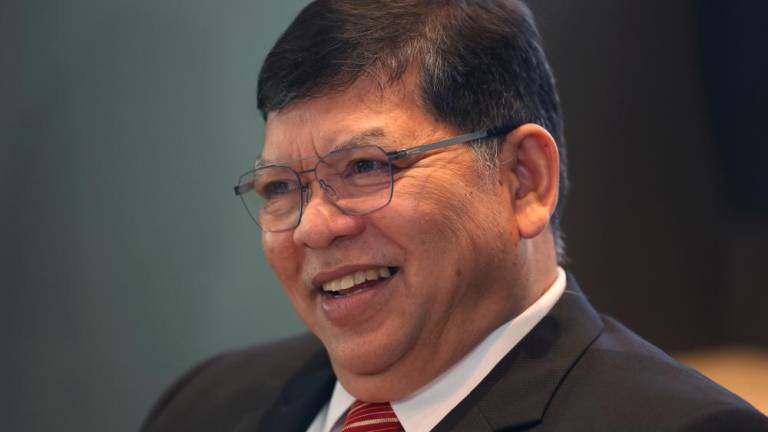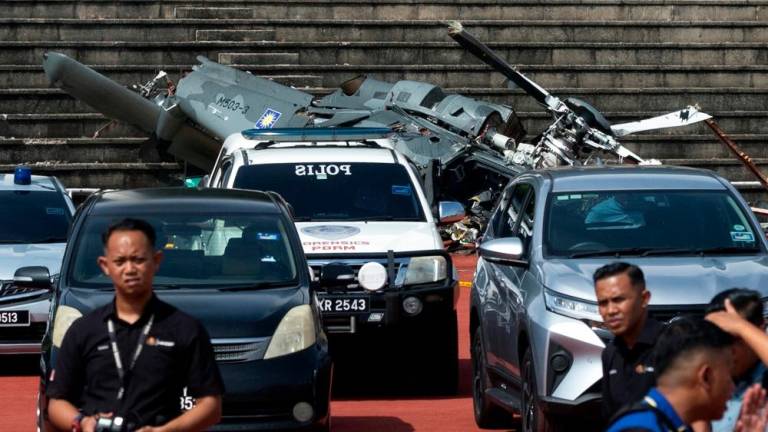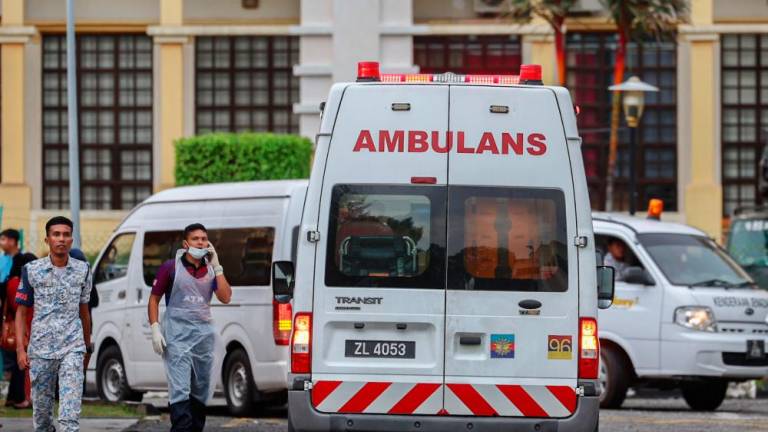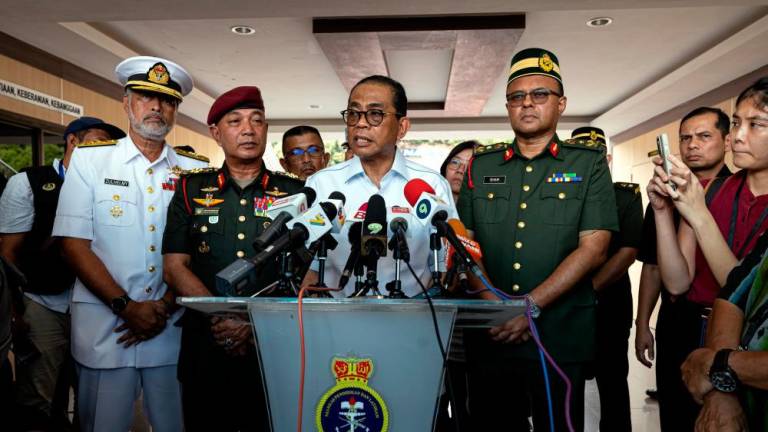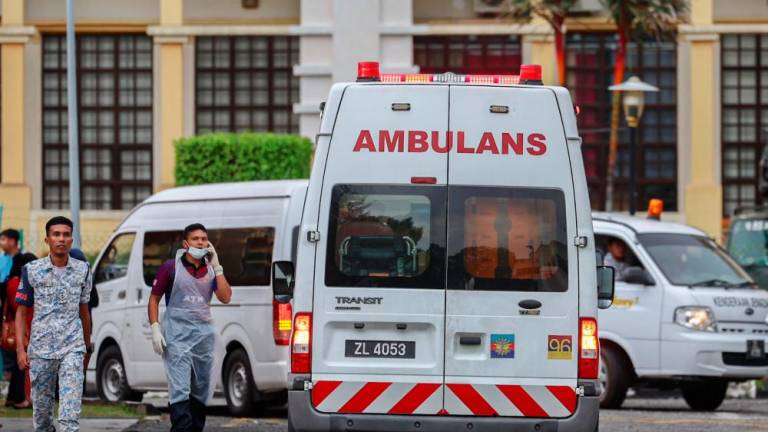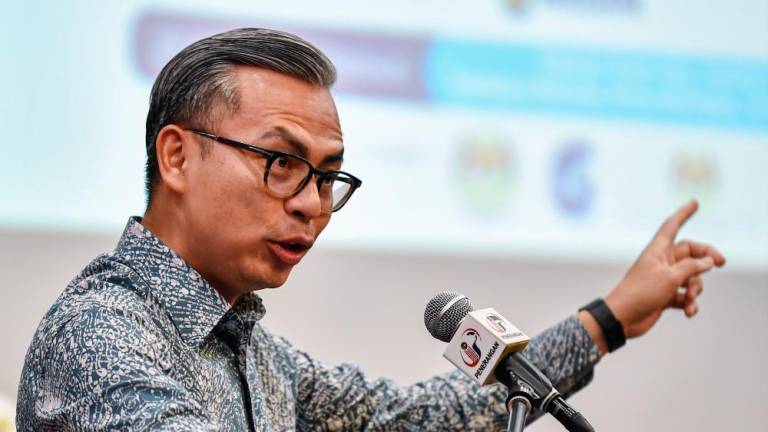PENANG residents know too well that traffic congestion is a major issue. It is one of three major concerns that the state government has prioritised, the others being crime and cleanliness.
To address the traffic congestion, the state government initiated the Penang Transport Master Plan.
It is a massive infrastructure plan featuring the construction of three major highways, a light rail transit line, Penang Sky Cab and an undersea tunnel linking the island to the mainland. The ambitious plan is estimated to cost around RM46 billion. It is to be funded by land development on three new islands formed by land reclamation in the south of Penang Island.
The government has set a target of 40% mode share for public transport and 60% for private vehicles. There have been mixed opinions on this project. Penang Forum, a coalition of civil society groups, has called on the state to review the multi-billion plan to balance economic growth with environmental preservation.
Recently, an environmental advocacy group held a flash mob outside the office of the Consumers Association of Penang against the plans for land reclamation and major highways.
Just a few days ago, there was another street protest by a diverse group of residents including fishermen from Tanjung Tokong.
The group was concerned about massive land reclamation that will destroy fishing grounds and jeopardise the livelihood of fishermen as well as the building of highways on the hills that will degrade the environment.
Building more highways may not be the best solution to cater to the ever increasing congestion. Studies have shown that building more highways only increases the number of vehicles.
We should think of ways to discourage the use of cars to work places. New public transport planning must be integrated to encourage walking, cycling and commuting by bus.
A more pressing issue is to expand and improve the iconic ferry service and cross-strait rail link instead of building the undersea tunnel. A tunnel will be very expensive, and will not contribute to the experience of passengers and motorists.
The ferry service provides a scenic way to cross from the island to mainland and back. It is inexpensive, and can be fun and relaxing if one is not pressed for time. It is a wonderful experience for those travelling with young children. The Penang ferry has also become an important landmark and symbol for the state, immediately identifiable and meaningful.
An efficient ferry service linking Weld Quay on the island and Butterworth on the mainland will attract more cars and people and thereby reduce the traffic congestion on the first Penang Bridge and along the Tun Dr Lim Chong Eu Expressway.
Transport Minister Anthony Loke Siew Fook has reassured Penangites of the need to retain and enhance the iconic and unique Penang ferry service.
He suggested that improvements could be made by introducing catamarans and upgrading ferry terminals on both sides of the channel. It was reported that Prasarana, the new operator of the ferry service, would be given RM90 million for upgrading work, buying new ferries and repairing existing ones.
The improvements will be critical. Currently, there are only about four ferries on weekdays during peak hours from 6am to 9am plying the route. Waiting time is about 20-30 minutes or longer, and the crossing takes 15 minutes. During the weekend, there are only three ferries. To improve the service, there should be more ferries during peak hours.
Hopefully, Rapid Ferry, a subsidiary of Prasarana, will soon replace the ageing fleet with modern, fast catamarans to ferry passengers and cars. Some of the existing ferries can be used to offer tourists cruises around Penang island.
Around the world, many cities are upgrading and increasing their ferry lines for both commuters and tourists. In New York City, an expanded ferry service connects key points in Manhattan island to rapidly developing areas in the boroughs of Brooklyn and Queens. A good example of a tourist ferry is the famous Blue Danube River Cruise in Budapest, the capital of Hungary, where the stately and majestic Budapest Parliament Building can be seen during the cruise.
Penang is both an economic hub and tourist destination. New transport plans must be smart and integrated to balance the competing needs and desires. An expanded and efficient ferry service could serve both these needs without the very large infrastructural costs of a cross-strait undersea tunnel.
Connecting an expanded ferry service to improved bus and rail lines could further increase mode share for public transit.
Datuk Dr Goh Ban Lee is interested in urban governance, housing and urban planning. Comments: letters@thesundaily.com









